| Corning introduced its distinctive style butter dish in the fall of 1960 when it added a butter dish to the Butterprint product line. For the next 25 years, the company offered the dish in a variety opal patterns, clear glass, and amber glass to match its Fireside line. |
| The base of the butter dish typically includes the same information on the back stamp: “Trade Mark, PYREX, Made in U.S.A., Ovenware” along with the model number (72-B) and mold number. The lid of the dish is unmarked, but replacement parts lists reveal the model number for the lid was 72-C. The suffix “-B” stood for “base” while “-C” was the cover. The longest running patterns available on Corning’s butter dishes were Spring Blossom Green, Butterfly Gold, and Old Town Blue. All three were offered for over a decade from 1972 through 1983. The shortest-lived standard pattern was Snowflake Blue available from 1972 through 1975. |
In mid-1983, Corning introduced the butter dish in amber glass to match its Fireside product line followed by the clear butter dish from mid-1986 through 1989.
| Butter Dish Timeline Butterprint (Fall 1960-1968) Advertised as a “Serve ‘N Store Butter Dish.” Sandalwood (ca 1961-1962) Prototype design. Never put into full production. Spring Blossom Green (1972-1983) The butter dish spanned both versions of the Spring Blossom Green bake ware pattern and outlived the bake ware by two years. Snowflake Blue (1972-1975) Released as a “Pyrex Compatible” to match Corelle Livingware of the same name. Butterfly Gold (1972-1983) Like Spring Blossom Green, the Butterfly Gold butter dish spanned both versions of the bake ware pattern and outlived the bake ware by two years. |
| Old Town Blue (1974-1983) Released as a “Pyrex Compatible” to match Corelle Livingware of the same name. Woodland (mid-1978-1983) Released as “Pyrex Tabletop Ware” to match the Corelle Livingware Woodland Brown pattern. Winter Frost White (Opal) (1980) Available exclusively through a promotion with Parkay margarine. Autumn Harvest (1979-1983) Released as “Pyrex Tabletop Ware” to match Pyrex bake ware of the same name. Fireside (fall 1983-fall 1985) Offered to match Fireside bake ware. (Not shown.) Clear (fall 1986-1989) The clear butter dish was the last Pyrex butter dish released in the familiar style. |
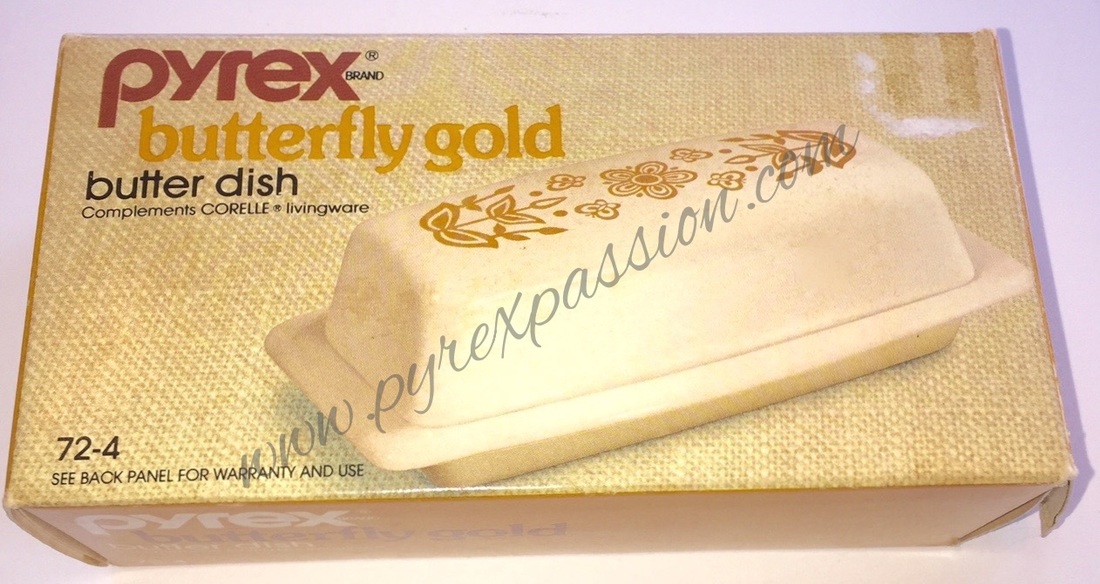
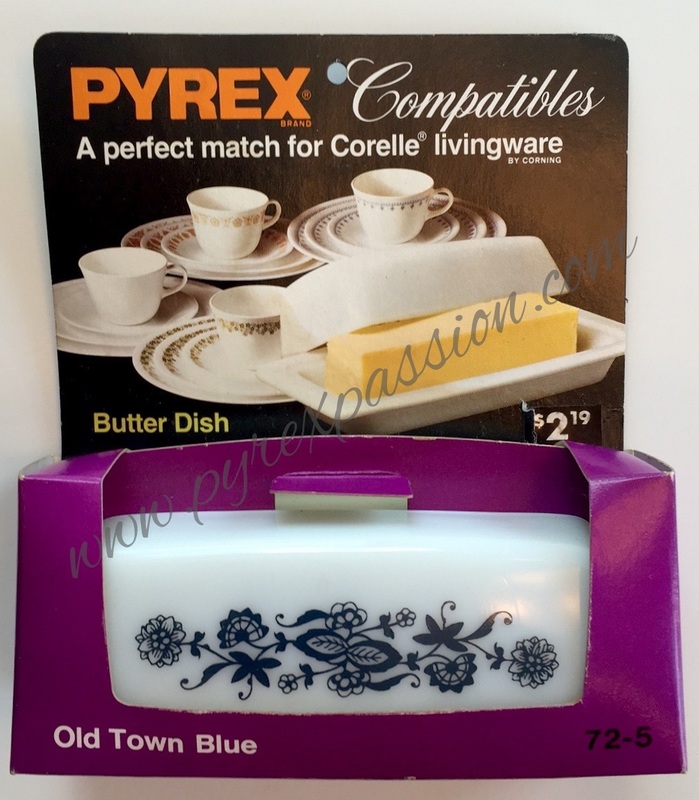



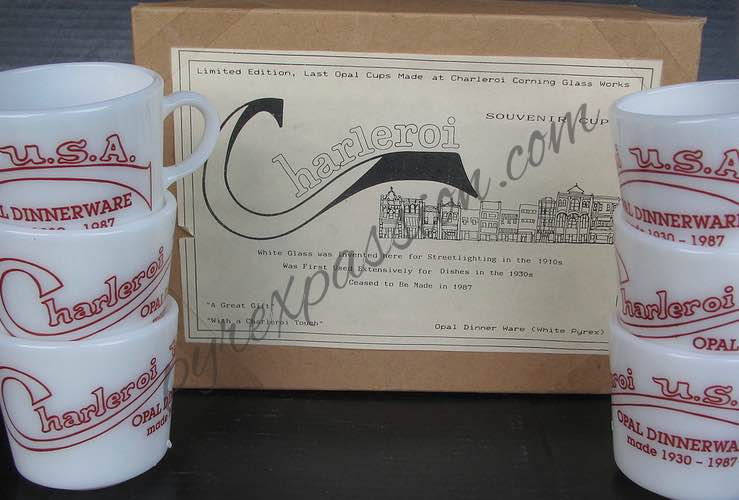
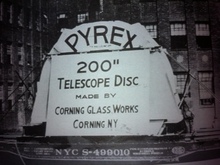
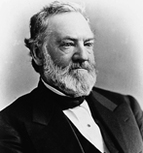
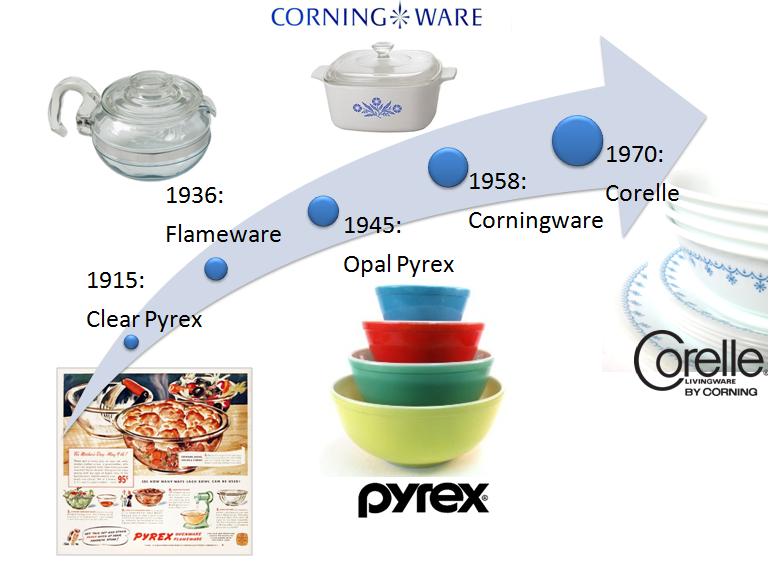
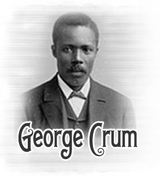

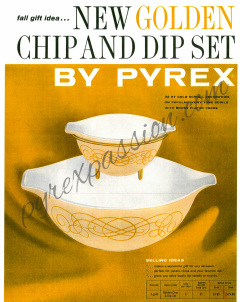
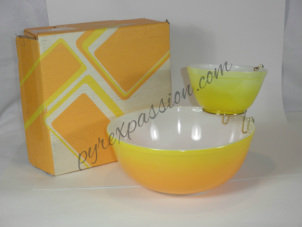
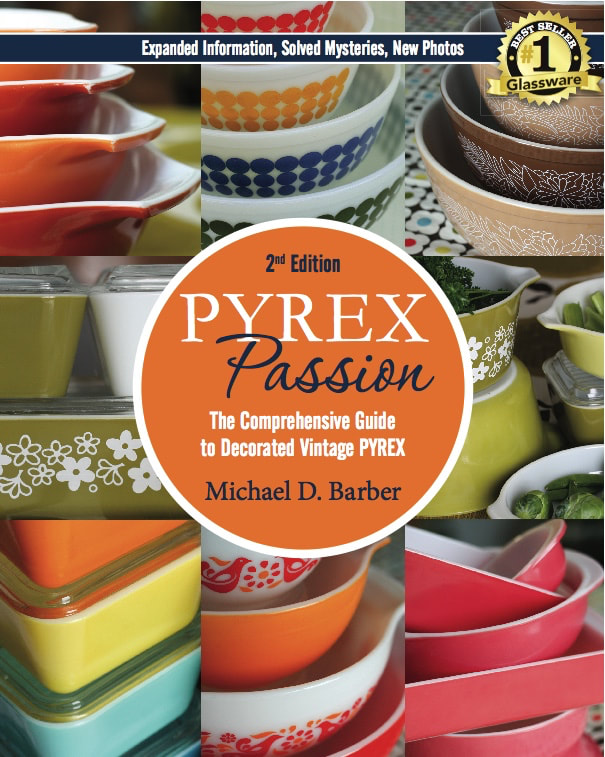
 RSS Feed
RSS Feed